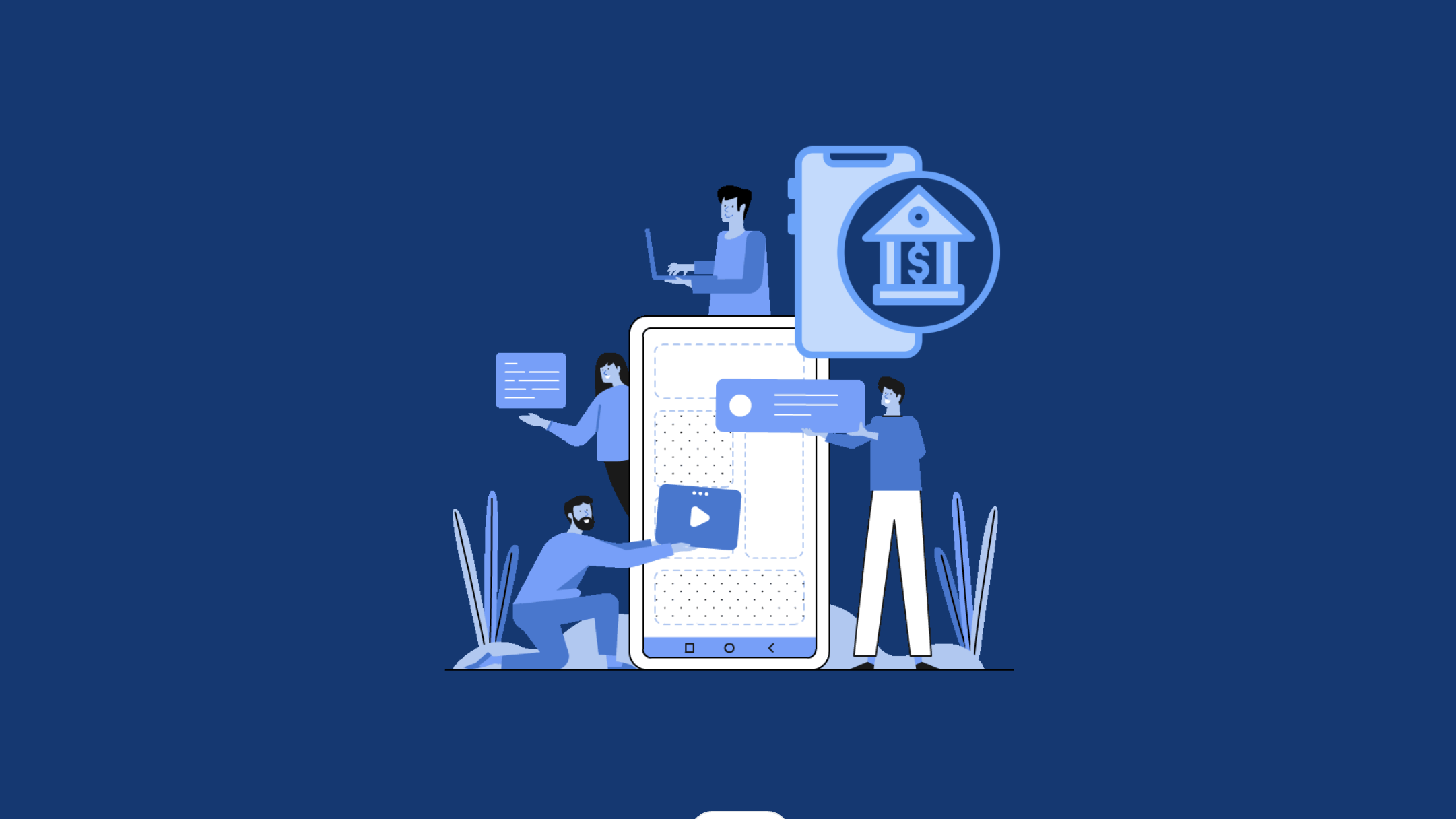Business of Fintech, Finance Everywhere
How Marcus by Goldman Sachs’ pairs direct products with strong partnerships
- Marcus offers direct to consumer products while monitoring the growing trends the SMEs space
- The company also has a core focus to add large partnerships with digital partners








